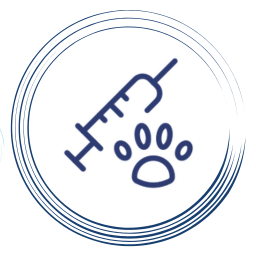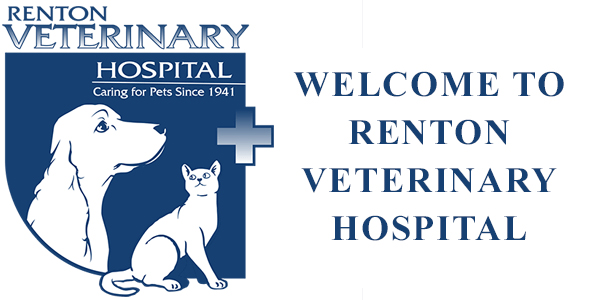Welcome To
Renton Veterinary Hospital
We have provided pets and pet owners the finest veterinary care since 1941 – over 75 years!

Our Veterinary Services
Complete Veterinary Services in Renton, WA
Renton Veterinary Hospital offers various services to care for your pet. If you have any questions or want more information, please contact us today.
Pet Surgery

Pet Wellness Exam

Pet Dental Care

Pet Vaccination




Our Pet Hospital
About Renton
Veterinary Hospital
Our veterinary hospital in Renton features state-of-the-art technology, updated treatment areas, an in-house laboratory, and much more! Our goal is that your pet receives the best veterinary care. We keep your pet and you at the center of everything we do!
Our team is made up of passionate animal enthusiasts who are extensively trained and experienced. They are committed to delivering top-notch care to our patients.
We are accepting new clients
Veterinary Services
Our services include wellness exams, senior pet care, surgery, dentistry, & more.
Online Pharmacy
Request RX refills through the PetDesk App or call our office at (425) 255-8676. It can take 48 business hours for a request to be reviewed.
Download Our App
Download the PetDesk App today to schedule your pet’s appointments, refill medications, access your pet’s records, and more.
Sign Up Today
Download Our App
Keeping up with your pet’s health from your mobile device has never been easier! With our new app, you’ll have all of your pet’s health information in the palm of your hand. Plus, you’ll be able to communicate with us much easier. You’ll be able to:
- Request Appointments 24/7
- Receive Automatic Reminders
- Save Notes, Pics, and Much More
- Your Pet’s Free Organizer App
Our Veterinary Team
Meet Our Veterinary
Team & Staff
Our mission is to provide excellent and compassionate animal health care services, and we can’t do it without a team of well-trained and highly qualified staff! We believe that our team is our strongest asset! Our team understands the stressful situation our pets and clients may be in and would go above and beyond to provide them with the highest-quality service.


